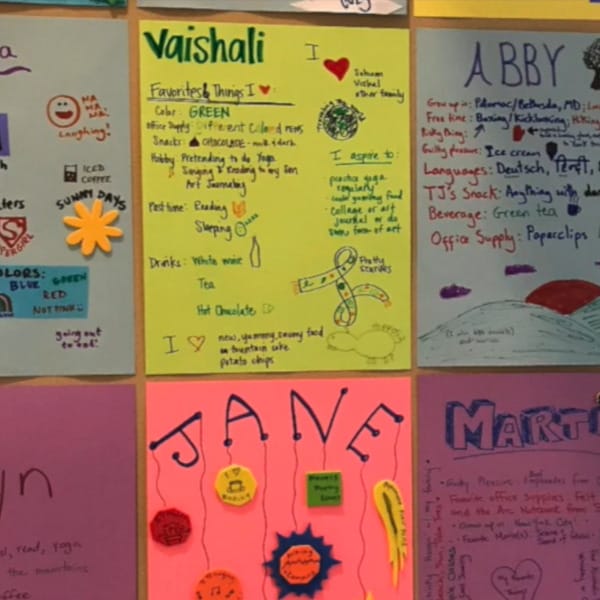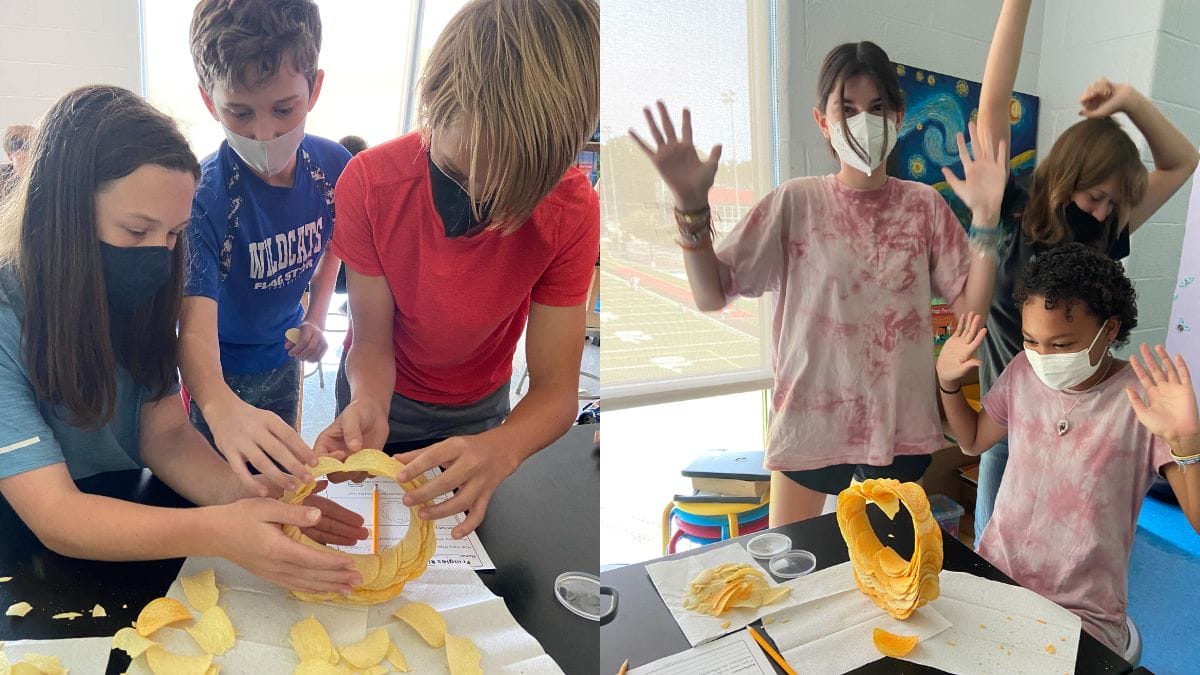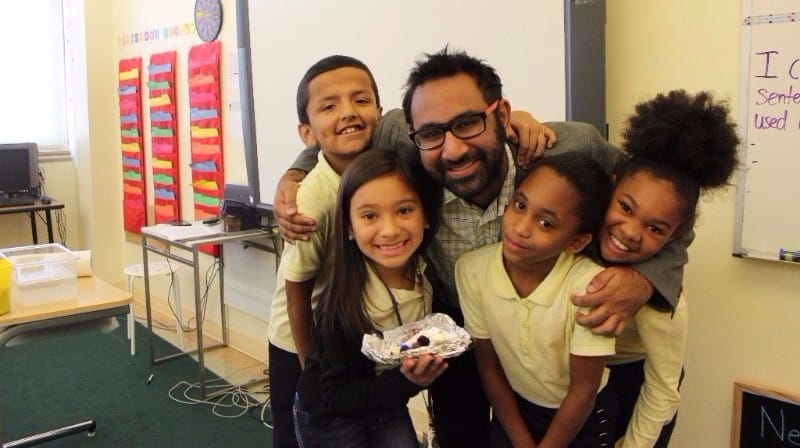April 3, 2023
By Aleta Margolis, Founder and President, Center for Inspired Teaching
Hooray for Monday is a weekly blog filled with questions, ideas, reflections, and actions we can all take to remodel the school experience for students.
You can now listen to Hooray for Monday on Spotify! Check out our podcast here.
This past week flags flew at half-staff in my hometown of Washington, DC to honor and mourn the six people, three children and three adults, who were murdered in a school shooting at the Covenant School in Nashville, Tennessee. Walking through downtown DC and looking up at so many lowered flags, I felt a combination of rage about the prevalence of guns in our country, deep sadness about the loss of life, and worry about my teaching colleagues everywhere who are struggling to support students through yet another school shooting, and wondering, “What can we say to them?”
After spending the last several weeks thinking about school connectedness, it seems the appropriate thing to say is, “You are not alone.” If you love Stephen Sondheim as I do, that phrase will start a melody playing in your head. Sondheim’s iconic song “No One Is Alone” includes the beautiful line, “Someone is on your side.”
What would it take for every single child in every single school to feel in their bones that someone is on their side – that they can count on someone having their back no matter what?

Here are a few places to start, in order to make that a reality:
- Make lessons relevant. Interesting-Important-Useful will ensure your students’ voices and interests are at the heart of instruction. And this will let them know they are valued.
- Use classroom and hallway walls as places to reflect the people who make up the school community. Begin with your classroom, see what’s on the walls, on the shelves, everywhere, and ask, “How much of this space reflects the students?” This activity will help you think this through. And this activity will help you reflect on the messages you are sending your students via the posters on your walls. Are students feeling welcomed and appreciated? Or are they feeling “contained” or “managed?”
- Find ways for community members to tell their stories. Profile pages enable students – and teachers! – to share important aspects of their identity, while building skills in writing, reading, and speaking. Schools can also seek out opportunities for sharing cultural heritage and background. From school wide recipe collections to oral history libraries to potlucks and international nights these opportunities build both connection and pride.
- Make art together. Create a mural – on a permanent space like a hallway or stairwell wall, or on a long piece of butcher paper. The mural can be as simple as a handprint or thumbprint from each member of the school community. Or it can be more involved, connecting to the curriculum by speaking to the values of the school, its history, or notable qualities of the community in which it sits.

Walls that talk reinforce a shared vision.
It is a schoolwide expectation at ITDS that student work be displayed but also that an explanation of the process and purpose behind the work accompany that display. Monisha shared this “Walls that Talk” document that outlines these expectations along with a few examples. How can bulletin boards like these build a sense of belonging? When students see their work – and their learning process – thoughtfully displayed alongside their peers they see themselves as part of the community. And as the document Monisha shared explains, “As a school where everybody learns, all educators (ITDS staff and external visitors), students (current, former, and potential), and their families can utilize the walls and learning displays to observe, understand, and wonder.”

Flags at half mast remind us that we are not alone when tragedy strikes. But what is the equivalent of flags at half mast to show us we are not alone when we’re simply doing our best to learn through each day? May we all find ways this week to reach out and acknowledge one another, to create spaces where all are welcome, and to nurture a sense of connection in the communities we share.
What We’re Curious About
Each week a member of the Inspired Teaching community shares something that’s currently piquing their curiosity. Maybe it will spark yours too!

Stolen Labor
Maria Salciccioli, Research Specialist
This week, I’ve been really curious about the connection between slavery and some of the longstanding institutions in this country. I remember Michelle Obama once gave a speech about how remarkable it was that she, the First Lady, was a descendant of enslaved people, living in a house built by slave labor, and that was definitely something that didn’t really surprise me but did intrigue me.
Living in Washington, DC (and occasionally passing by the White House as part of my daily routine), and as an alumna of two older universities that have detailed the connection between slavery and their founding, I want to learn more about the ways enslaved people were forced to support these institutions that have shaped my life and the lives of other Americans.
I’m curious about what we can and should do to begin addressing the fact that our universities, banks, and other aspects of our daily lives have benefited from this stolen labor. I am a big fan of Ta-Nehisi Coates’ The Case for Reparations, and the more I learn, the more it feels urgent that we name these wrongs and think collectively about how to address them.
Teacher Resources
Interesting, Important, Useful
A key to building community in your classroom is recognizing and appreciating what your students find important. That can be difficult as adults because a lot of times we don’t value the same things they do. But creating space for students to talk about what matters to them can go a long way toward bridging that gap.

Poster Analysis
Walk into a classroom and you will see posters with information that communicate expectations to students. Some posters are required by the school. Others are of our own choosing. Have you ever stopped to think about how they tell students about your beliefs about children – intentionally or unintentionally?

Celebrating Your School's Cultural Diversity
This Edutopia article by Clare Roach offers several concrete recommendations for how to plan and manage a vibrant Culture Night, anchored in the social studies curriculum and involving the whole school community.




